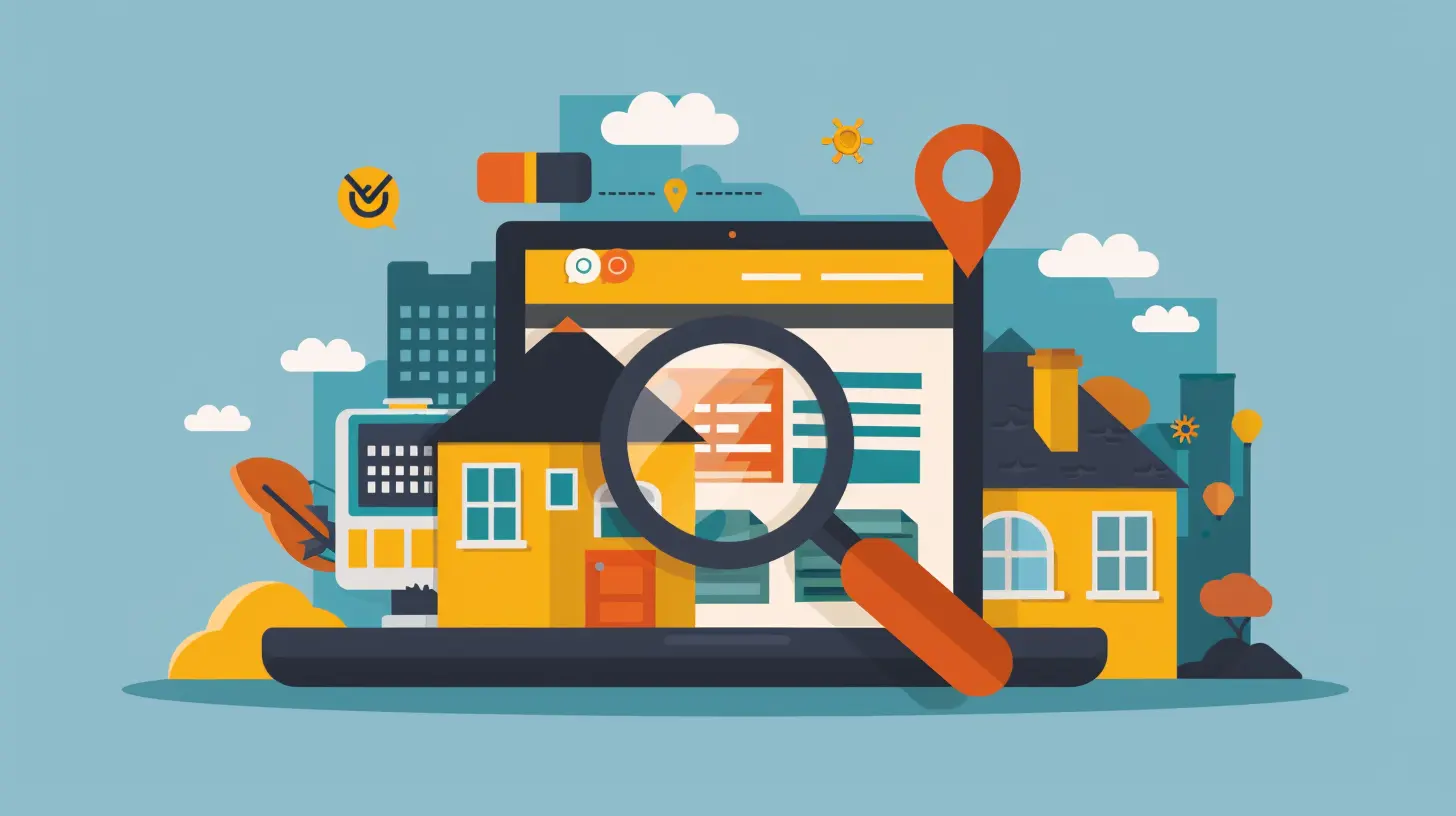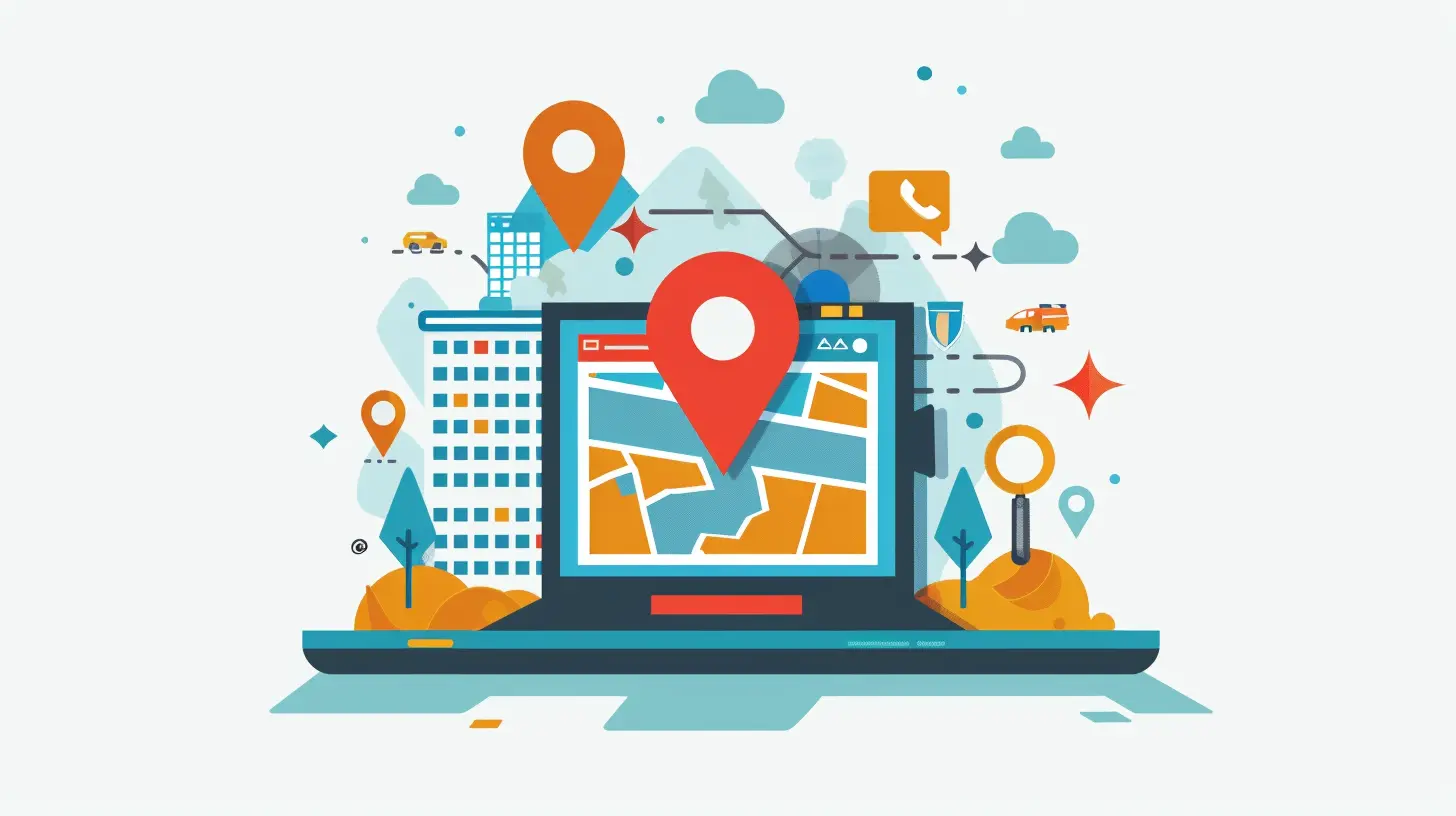How to Build a Winning Local SEO Strategy
27 September 2025
If you're a small business owner or a marketer trying to dominate your local area, there's no way around it—you need a solid local SEO strategy. Why? Because 97% of people search online to find local businesses, and if you're not showing up in those searches, you're basically invisible.
Think about it: when was the last time you looked up "best pizza near me" or "plumber in [your city]"? Probably not that long ago. That's the power of local SEO—it puts your business right in front of people who are actively searching for what you offer.
But how do you actually build a local SEO strategy that works? Glad you asked. Let’s dive in! 
1. Optimize Your Google Business Profile (GBP)
Your Google Business Profile (formerly Google My Business) is your golden ticket to appearing in local searches. It’s the first thing people see when they look up your business, and a well-optimized profile can make all the difference.Steps to Optimize Your GBP:
- Claim & Verify: If you haven’t already, claim your business on Google Business Profile.- Fill Out Everything: Business name, address, phone number (NAP), website, hours, and categories—make sure it’s all accurate.
- Use Keywords Naturally: Sprinkle relevant keywords in your description and services without keyword stuffing.
- Upload High-Quality Photos: Businesses with photos get 42% more requests for directions and 35% more clicks to their websites.
- Encourage Customer Reviews: More on this later, but reviews heavily impact your local ranking.
- Post Regular Updates: Use Google Posts to share promotions, events, and news.

2. Get Consistent NAP Citations
Your Name, Address, and Phone Number (NAP) should be consistent across all online listings. Any discrepancies can confuse Google and hurt your ranking.Where to List Your NAP:
- Business directories (Yelp, Yellow Pages, Bing Places, Apple Maps)- Industry-specific directories
- Social media profiles
- Your website (ideally in the footer and contact page)
Pro tip: Use tools like Moz Local, BrightLocal, or Whitespark to check for inconsistent listings and fix them. 
3. Keyword Optimization for Local Searches
You can't rank without targeting the right keywords. But local SEO isn't just about "best coffee shop"—it's about "best coffee shop in [your city]" or even "best coffee shop near me."How to Find Local Keywords:
- Use Google’s Autocomplete (start typing a query and see what pops up).- Check Google’s “People also ask” section.
- Use Google Keyword Planner, Ubersuggest, or Ahrefs to find search volumes.
- Spy on competitors—see what keywords they’re ranking for!
Once you’ve got your keywords, place them in your website title tags, meta descriptions, headers, and content naturally. 
4. Optimize Your Website for Local SEO
Your website is your digital storefront, and it needs to be fine-tuned for local search.Key On-Page SEO Tips:
- City & Neighborhood Keywords – Mention your location naturally in your homepage, service pages, and blog content.- Title Tags
all images in this post were generated using AI tools
Category:
SeoAuthor:

Amara Acevedo
Discussion
rate this article
1 comments
Valentina Taylor
Great insights! Local SEO truly makes a difference!
October 1, 2025 at 4:08 AM

Amara Acevedo
Thank you! I'm glad you found it helpful. Local SEO is indeed a game changer!


